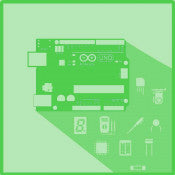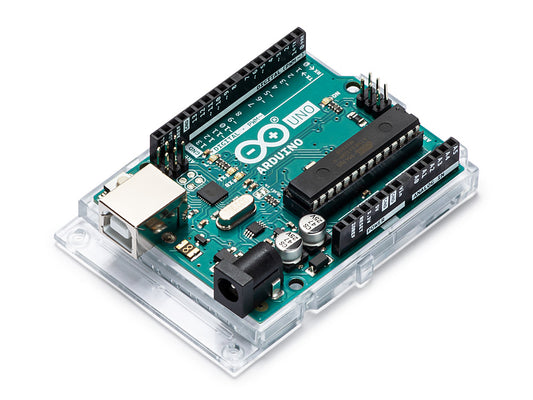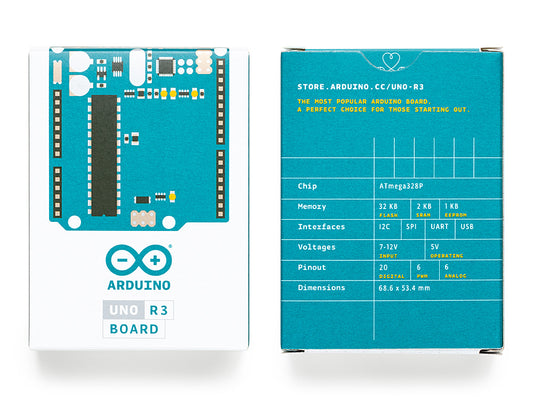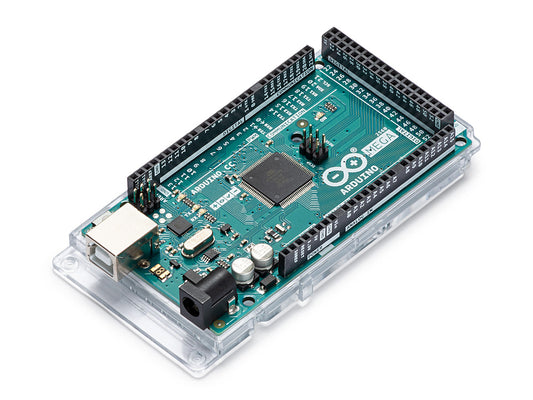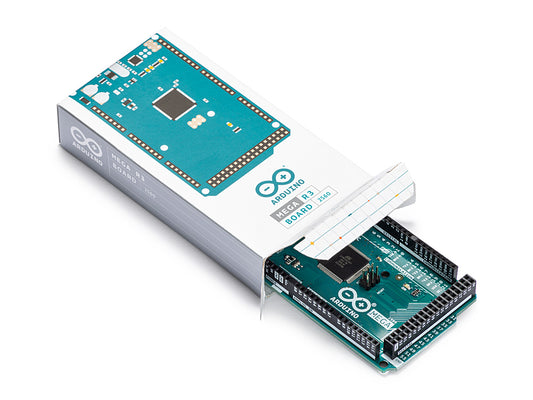Arduino boards are the quickest way to turn ideas into working electronics. Whether you’re a student, hobbyist, or pro, these open-hardware microcontrollers let you read sensors, drive motors, light up LEDs, and connect to the world—fast.
Looking for the essentials? View in-stock Arduino boards or browse the quick tips and FAQs below to pick the right one for your project.
How to choose your board
-
Beginner-friendly: Uno / Nano — simple, well-documented, tons of examples.
-
More I/O & memory: Mega — great for robotics, multiple sensors, and big projects.
-
Latest features: Uno R4 (WiFi / Minima) — faster MCU, better peripherals; pick WiFi for networked projects.
-
Power & size: Check voltage (5 V or 3.3 V), current needs for motors/relays, and the space inside your enclosure.
-
Library support: Choose a board with examples/libraries for the parts you plan to use.
What can you build?
- Line-following or obstacle-avoiding robots
- IoT switches, smart irrigation, or simple home automation
- Data loggers for temperature, humidity, or motion
- Interactive displays, keypads, buzzers, and lights
Helpful extras
Pair your board with sensors, displays, and drivers to complete the build:
Sensors ·
Displays ·
Motor Drivers & Robotics ·
ESP32 / ESP8266 (for Wi-Fi/BLE)
FAQs
Are these boards genuine?
We carry official Arduino and clearly labeled compatible boards. Check each product page for the exact variant.
Can I use Arduino for commercial projects?
Yes. Arduino is widely used for prototyping and products. Just pick components that meet your project’s reliability and certification needs.
Is Arduino expensive?
No—entry boards are affordable, and you’ll find budget-friendly kits and shields across this collection.
Which board should I start with?
Start with an Uno (or Uno R4 for newer features). Move to Mega if you need more pins or memory.


